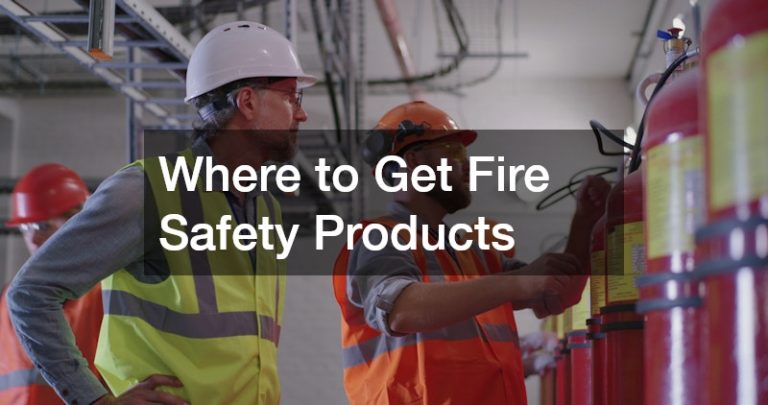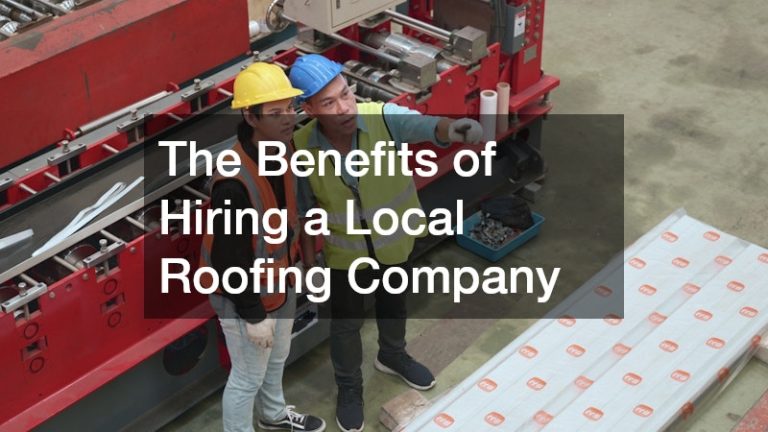We’ve read the headlines and tech stories, and seen the words “A.I.” and “machine learning” bandied around for years now, but it’s becoming an inescapable fact that automation is happening, and it’s coming to some industries sooner than others. In an article by the Forbes Technology council, these jobs were predicted to be mostly automated within the next ten years:
- Pharmaceutical researcher
- Bank teller
- Warehouse and manufacturing employee
- Long-haul trucker
- Customer service representative
- Outbound sales representative
- Research and data entry specialists
- Fast-food server
- Production line employees
- Insurance underwriter
- Local media advertiser
But what are the implications of this predicted shift? Is this going to be some kind of Star-Trek style utopia where automation frees up humanity for grander pursuits, or a Hunger Games-style dystopia where the wealthy industrialists profit while the workers battle over scraps?
What will automation Look Like?
At the moment automation is used primarily in repetitive, manual labor-intensive jobs, like warehousing. Robots can now recognize, sort, and organize millions of products in a warehouse, with a speed and accuracy that doesn’t sacrifice employee safety. Pre-2020, warehousing was already one of the jobs with the highest accident rates, with one in every twenty workers experiencing an injury every year. Now, with massive hiring and a huge increase in demand because of the number of people staying home and ordering products online, this is only set to increase in 2020.
When an order is received, robots can search the warehouse database for the product, scan hundreds of rows of heavy-duty long-span shelving containing thousands of products, all attached with RFID or bar codes, pick up the item, transport it along a series of rails that ensure there are no collisions, and deposit the product into a receptacle which is part of an automated conveyor system, which will follow an algorithm that sorts it for packing, transport and delivery. It’s a quick, efficient, and safe system, without the human error that drives most workplace accidents in the warehouse.
Will only blue-collar jobs be affected?
While robots can do a lot of the manual labor automation, complex algorithms and machine learning can also be trained to make high-level decisions. Amazon, for example, has replaced executives with six-figure salaries who negotiated deals with product brands with software that can predict buyer behavior and make the appropriate purchases at the optimal price point and volumes. This change happened as early as 2018, when Amazon found that its automated purchasing was outperforming human-led teams in accuracy and profitability.
So no, don’t rest comfortable on your managerial laurels thinking only manual labor can be replaced. As machines can recognize patterns and analyze large datasets to make decisions based on those patterns, large companies will be leaning heavily on algorithms to make certain decisions in the future.
Is automation to be feared or celebrated?

As with the arrival of any new technology, automation is only as beneficial or as harmful as we allow it to be. Sure, if we stay on course and still educate and train people to become providers of repetitive labor, then, yes, automation will put them out of jobs. But if we shift the way that we cultivate a workforce, to drive towards high-value tasks, then automation will only help to drive both business and society forward.
Certain kinds of labor-intensive services will always be around— in fact, automation may drive the demand for these further. Jobs, like in service or therapy or high-end retail, where an important part of the customer experience is the human interaction, will ensure that not everything will be automated.
But we need to start looking at what kind of workers our educational system and government services are producing, and determining how we can get the right people in the right jobs.











